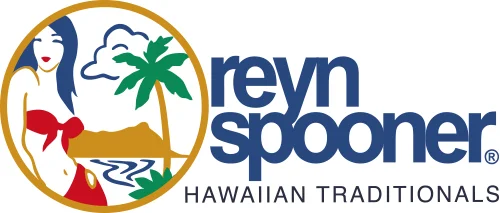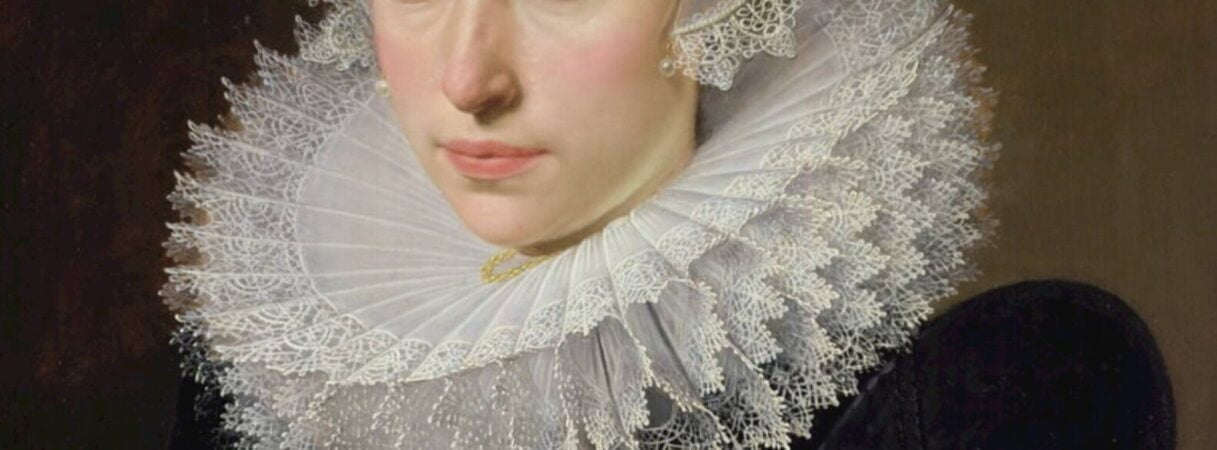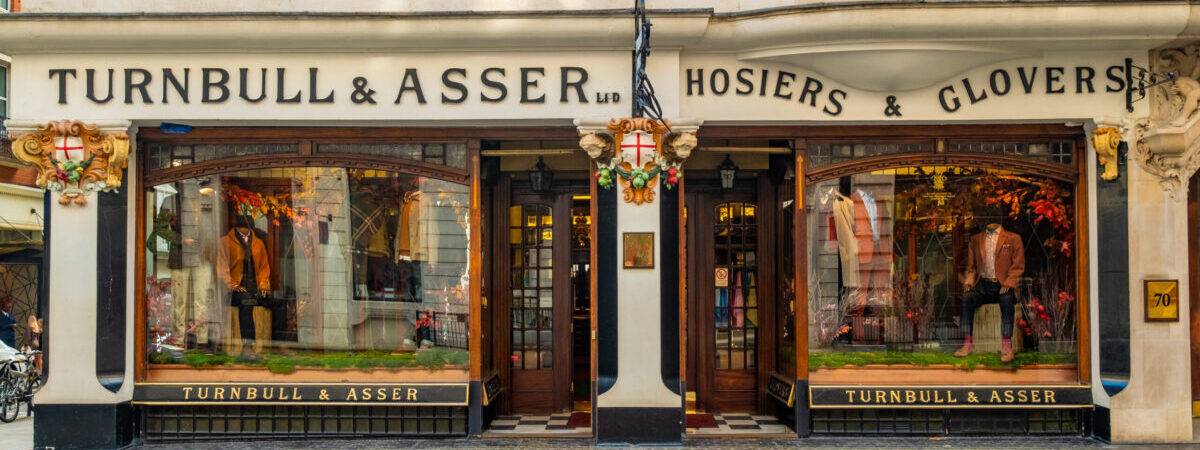
Diverse World Shirt Styles
最もベーシックなシャツを考えるとき、どのようなシャツが思い浮かぶでしょうか?クラシックなレギュラーカラーのシャツでしょうか、それともモダンなセミワイドカラーのシャツでしょうか?カフは一般的にはシングルカフ(バレルカフ)が使われますが、フォーマルなシーンではフレンチカフ(ダブルカフ)を選ぶこともあるでしょう。ポケットについてはどうでしょう?利便性を重視するならポケット付きが便利ですが、シンプルな見た目を求めるならポケット無しが理想かもしれません。ここでは、間違いのない基本型としてのシャツを取り上げ、その特徴を詳しく探ってみたいと思います。
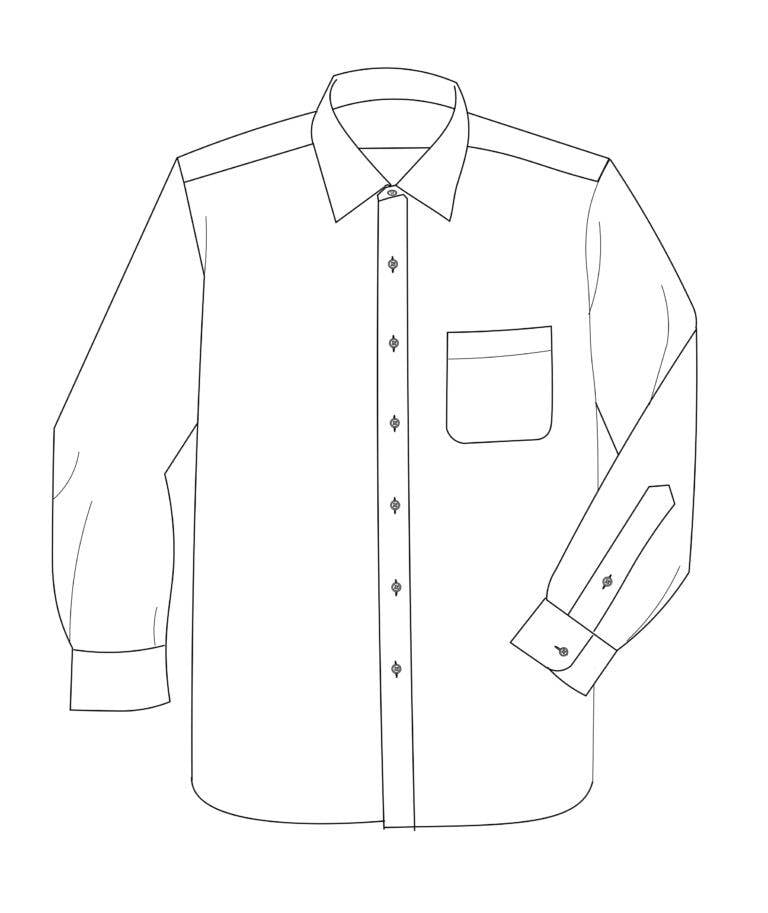
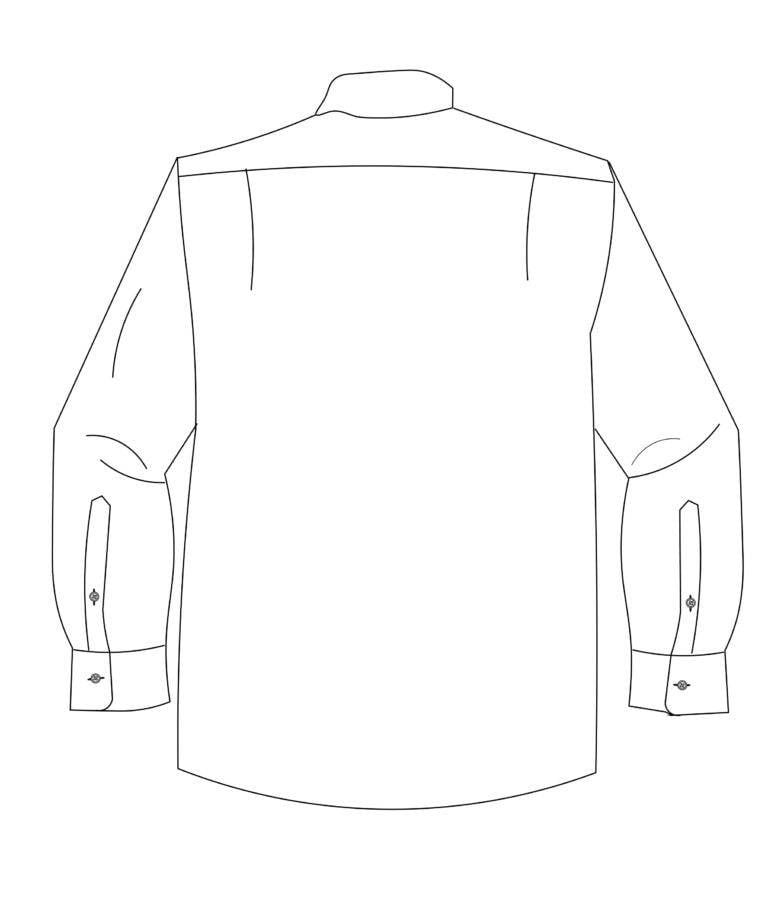
通常、前立てには7個のボタンが付きます。このデザインでは、シャツの裾まで全てボタンで留められるのが一般的です。ボタンの直径は通常約0.39~0.47インチ(10~12ミリメートル)で、厚みは約0.06~0.08インチ(1.5~2ミリメートル)です。ボタンの素材については、貝ボタンが高級ですが、一般的にはプラスチックや樹脂が使われています。
次に、各国のシャツデザインの特徴をご紹介します。各国のデザインの違いや特徴を知ることで、あなたのシャツ選びに新たな視点を提供し、理想のシャツスタイルを見つける手助けとなるでしょう。ファッションの多様な世界を楽しみながら、最適な一枚を見つけてください。

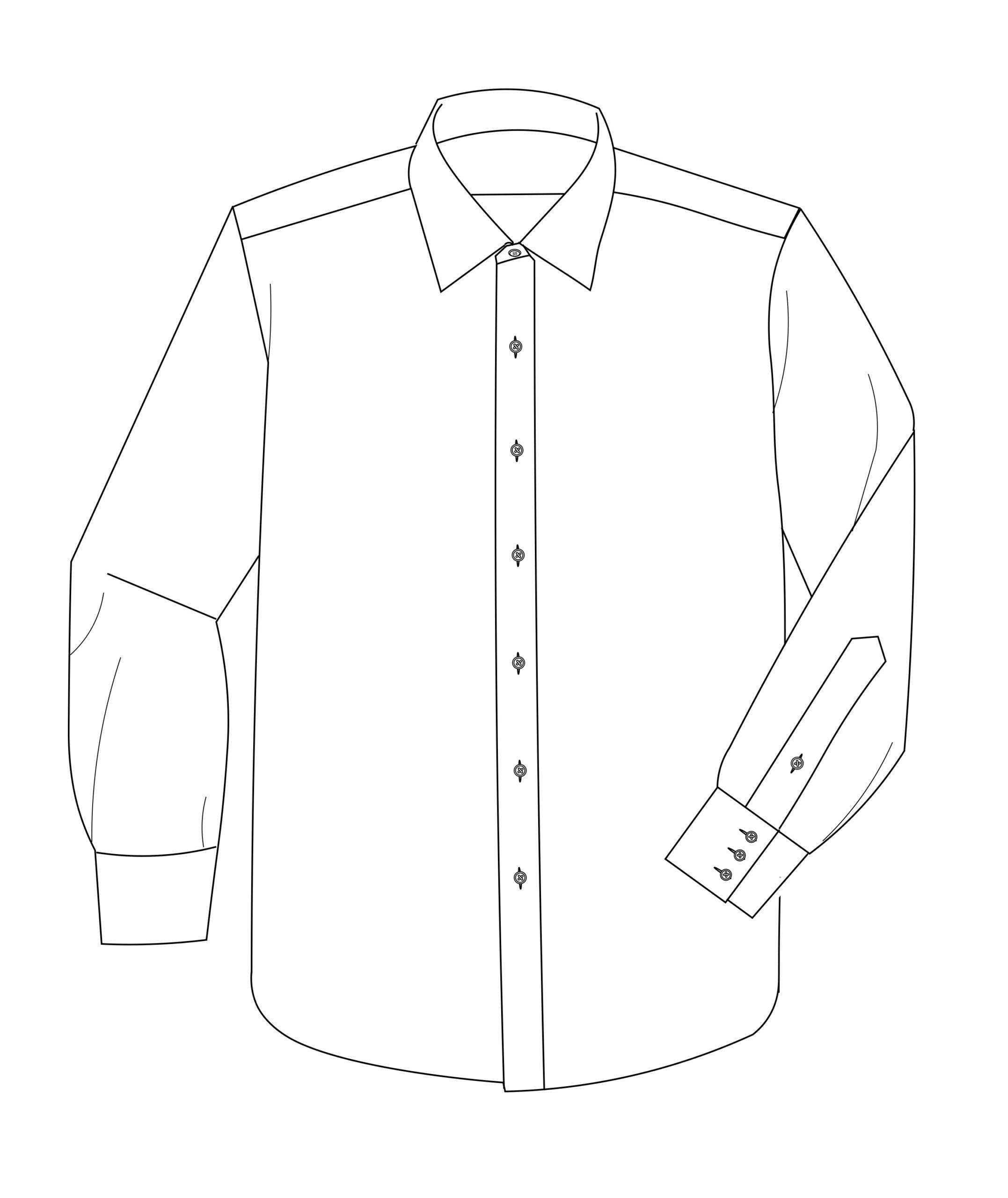
Regarding the fabric, slightly stiffer materials tend to be preferred, possibly due to the humid weather, but in England, the birthplace of the Industrial Revolution, delicate fabrics could also be woven. However, the highest quality fabrics produced by Thomas Mason in Lancashire and the renowned David & John Anderson in Scotland have already come under Italian ownership, and unfortunately, there are no longer any large-scale factories in the UK weaving shirt fabrics. Furthermore, the number of British shirt manufacturers producing ready-made shirts has significantly decreased, and while many brands proudly display “London” on their labels, production has shifted to Asia. Nevertheless, there are still a few historical brands that survive as bespoke makers on Jermyn Street in London.
・Structured collars and cuffs using floating interlinings
・Semi-wide to wide collars
・Tough yet delicate fabrics
・Cuffs with two or three buttons
・Placket front (31-32mm)
・Luxury brands feature split yoke
・Nearly horizontal yoke
・Bengal stripes (known in Japanese as London stripes)
・フラシ芯を使用した構築的な襟とカフ
・セミワイドカラーからワイドカラー
・タフでいて繊細な生地
・カフには2つもしくは3つのボタン
・プラケットフロント(31-32mm)
・高級ブランドはスプリットヨーク
・水平に近いヨーク
・ベンガルストライプ(和名ロンドンストライプ)

Turnbull & Asser is a luxury shirt brand with a history of over 130 years, holding a Royal Warrant from the British Royal Family. Founded in 1885 by Reginald Turnbull and Ernest Asser, the brand has been cherished by the British Royal Family and celebrities worldwide. From the beginning, Turnbull & Asser has provided gentlemen’s clothing for the upper class, and in 1904, they established their reputation by creating a riding raincoat for Queen Alexandra.Turnbull & Asser shirts maintain traditional British shirt-making techniques while continuously incorporating innovative designs, growing into a brand loved across generations. The shirts are characterized by features such as wide spread collars and long, triple-button cuffs. The wide spread collar is designed to open at an angle close to 120 degrees when buttoned, giving a distinguished appearance when a tie is worn, reminiscent of British gentlemen. Additionally, there are cocktail cuffs, which are elegantly designed with a turn-back button closure and are known as a favorite of James Bond.
Turnbull & Asser shirts also feature even stitching on the placket, which serves as a structural pillar at the center front of the shirt. This even stitching creates a balanced appearance along the button line. Many models use Sea Island cotton fabric, known for its cashmere-like smoothness and silk-like luster.As the Royal Warrant signifies, the quality and dignity of Turnbull & Asser continue to captivate gentlemen worldwide. Turnbull & Asser shirts are not just garments but special items that embody the spirit of British gentlemen.Regarding the fabric, slightly stiffer materials tend to be preferred, possibly due to the humid weather, but in England, the birthplace of the Industrial Revolution, delicate fabrics could also be woven. However, the highest quality fabrics produced by Thomas Mason in Lancashire and the renowned David & John Anderson in Scotland have already come under Italian ownership, and unfortunately, there are no longer any large-scale factories in the UK weaving shirt fabrics. Furthermore, the number of British shirt manufacturers producing ready-made shirts has significantly decreased, and while many brands proudly display “London” on their labels, production has shifted to Asia. Nevertheless, there are still a few historical brands that survive as bespoke makers on Jermyn Street in London.
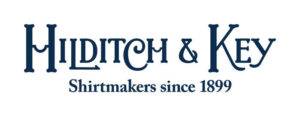
Hilditch & Key is renowned for their meticulous attention to detail, embodying a discreet yet elegant style. Charles F. Hilditch and W. Graham Key first met during their training as shirtmakers at Harman’s of Duke Street, and in 1899, they partnered to establish their own business. With entrepreneurial spirit, they traveled to universities across the country, offering their shirt-making services and building a loyal clientele who would soon become young professionals in need of high-quality work attire. As the century turned, they moved their business to Jermyn Street, enhancing their reputation for exceptional quality and craftsmanship. In 1907, they opened a branch in Paris, which still operates today, solidifying their status as a respected name in fashion circles.
Today, Hilditch & Key continues to honor the traditional craft and heritage of Jermyn Street shirtmakers while evolving with contemporary trends. They eschew ostentation, embracing subtlety as the pinnacle of style. Their approach involves making minor adjustments to the fit of a shirt, the cut of the collar, or the accessories to keep up with modern fashion. Rumored to serve members of the royal family and celebrities, they maintain a strict policy of discretion, ensuring each customer’s privacy and respect.
Each Hilditch & Key shirt is a product of a meticulous process, passing through 55 pairs of hands. From the fine stitch length to the smooth seams and the hand-turned collar, every detail is crafted with precision and care, creating the refined features their customers value. Although they supply shirts to other retailers, they limit production to maintain their uncompromising quality.
Regarding the fabric, slightly stiffer materials tend to be preferred, possibly due to the humid weather, but in England, the birthplace of the Industrial Revolution, delicate fabrics could also be woven. However, the highest quality fabrics produced by Thomas Mason in Lancashire and the renowned David & John Anderson in Scotland have already come under Italian ownership, and unfortunately, there are no longer any large-scale factories in the UK weaving shirt fabrics. Furthermore, the number of British shirt manufacturers producing ready-made shirts has significantly decreased, and while many brands proudly display “London” on their labels, production has shifted to Asia. Nevertheless, there are still a few historical brands that survive as bespoke makers on Jermyn Street in London.

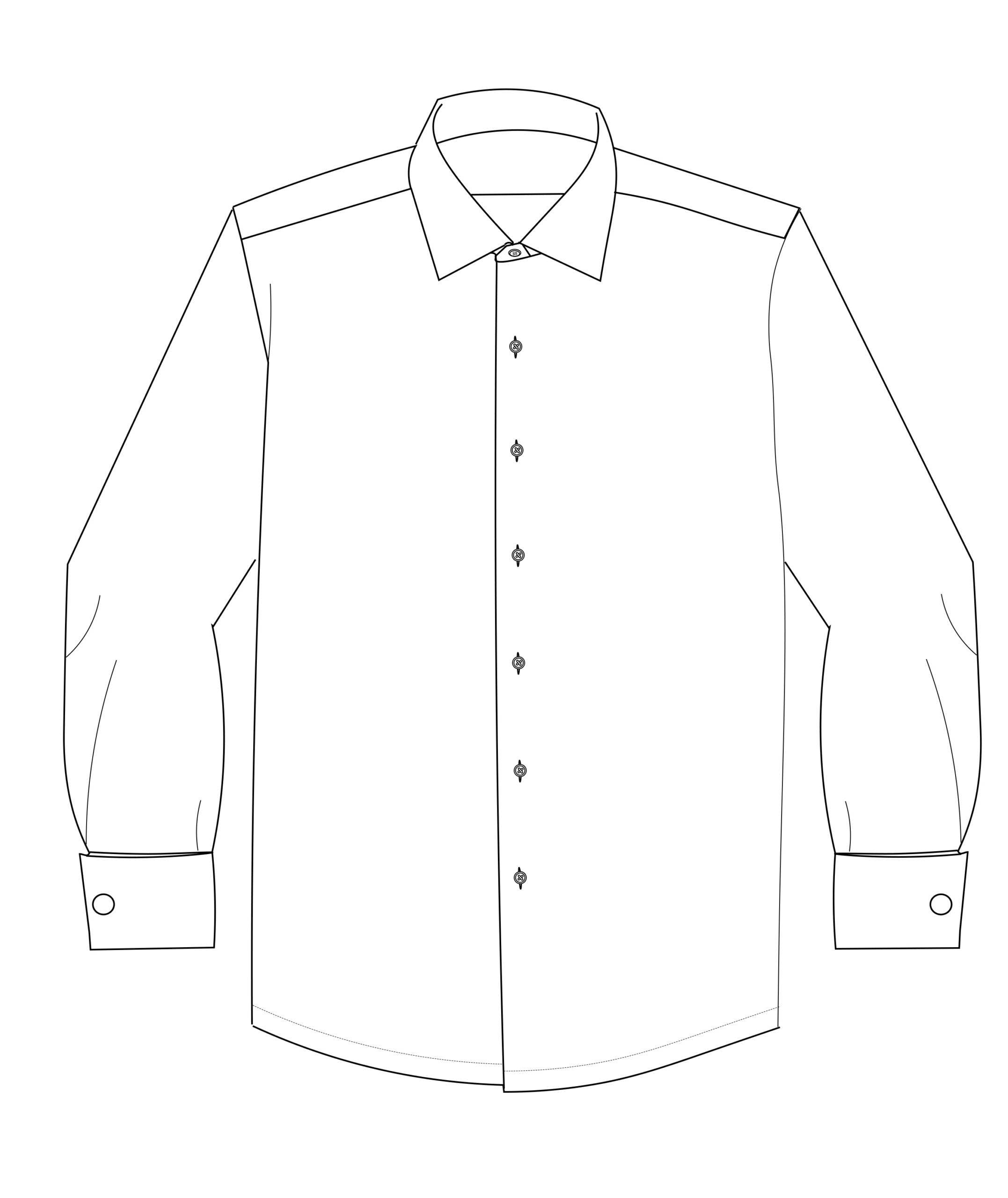
・Structured collars and cuffs using floating interlinings
・Semi-wide collars or round collars
・Fine yarn fabrics with a beautiful sheen
・French cuffs
・French front (33mm)
・Curved yoke tailored to the body
・Horizontally cut hem
・Side slits (10cm)
・フラシ芯を使用した構築的な襟とカフ
・セミワイドカラーやラウンドカラー
・細番手の美しい光沢のある生地
・フレンチカフ
・フレンチフロント(33mm)
・身体に合わせたカーブヨーク
・水平にカットされた裾
・脇のスリット(10cm)
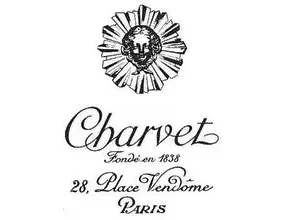
Charvet, the world’s first shirtmaking store, was founded in 1838 on Rue de Richelieu in Paris. Founder Christofle Charvet provided high-quality products with the concept of “good taste for executives.” The high quality of Charvet’s products earned them a gold medal and the Grand Prize at the 1889 Exposition Universelle.Charvet gained fame throughout Europe, becoming a supplier to the royal families of England and Spain, and serving orders from prominent cultural figures, businessmen, and politicians. In 1870, Charvet moved to Place Vendôme, and in 1982, relocated to their current location at 28 Place Vendôme. They have expanded their collection to include women’s items, leather goods, and accessories.Charvet’s foundation lies in bespoke shirts, and they have honed this craft since 1838. In the 1960s, they developed a prêt-à-porter series, made with the same techniques and high-quality materials as their bespoke shirts. Their colors and patterns are the result of extensive research and a commitment to beauty. Charvet’s shirts are the ultimate in quality, featuring high-grade materials, unique colors and patterns, and over 160 years of bespoke craftsmanship. An example of Charvet’s meticulous care is their establishment of a dedicated laundry service in the 1920s, which delivered garments to customers by carriage. The appeal of Charvet’s products is underscored by their clientele, which has included President Charles de Gaulle, President John F. Kennedy, and Hollywood stars.

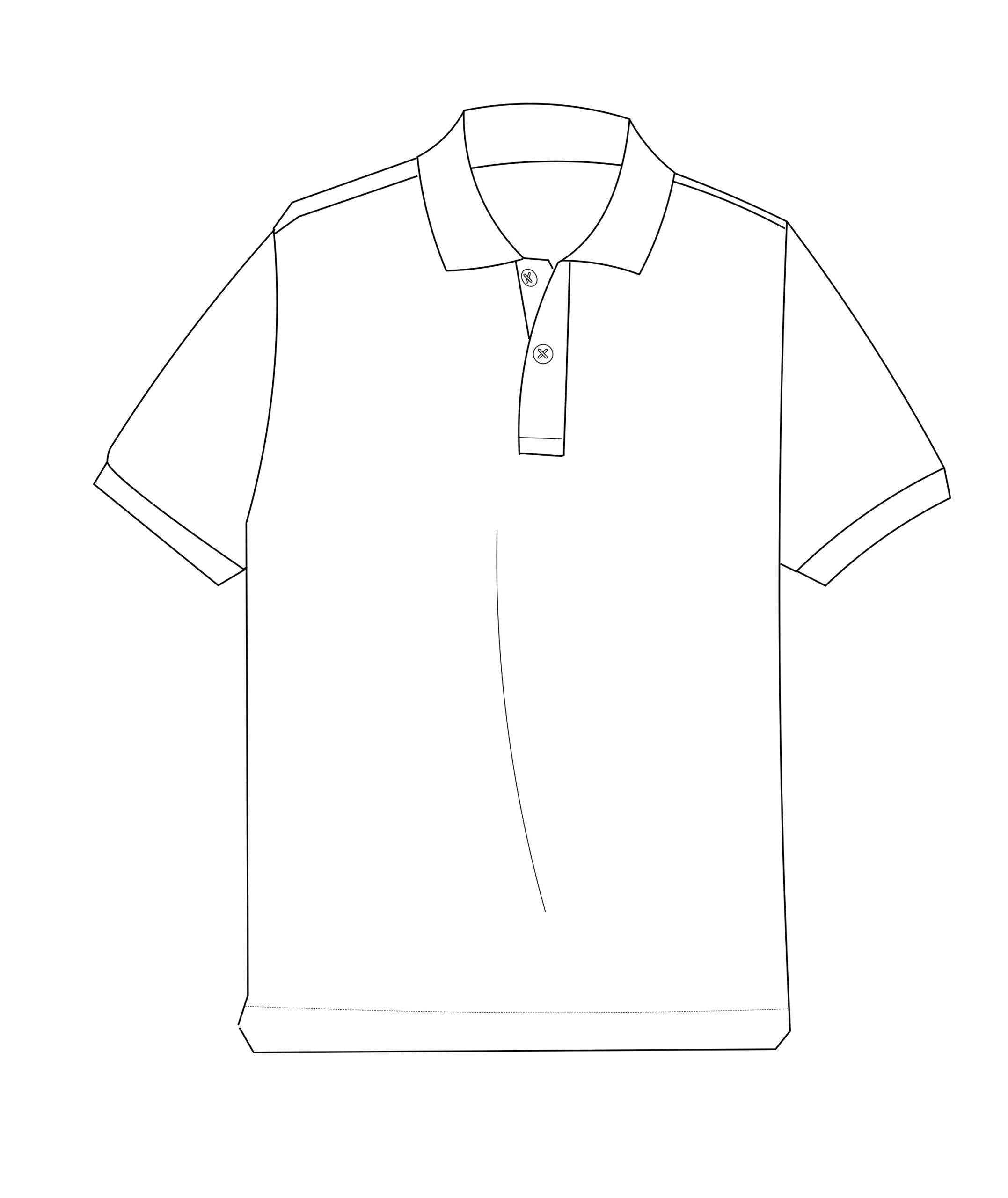
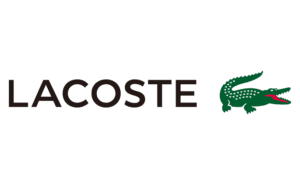

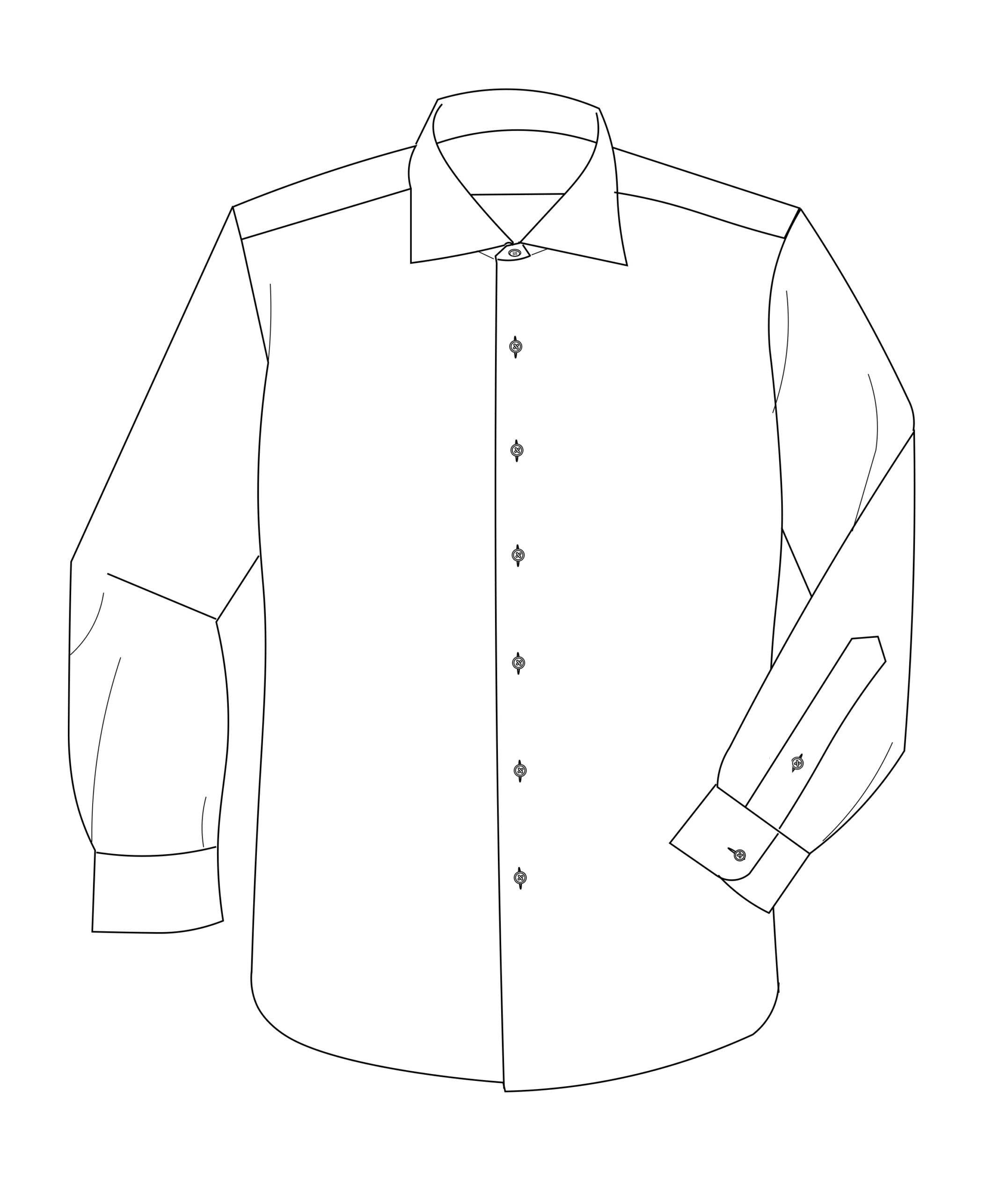
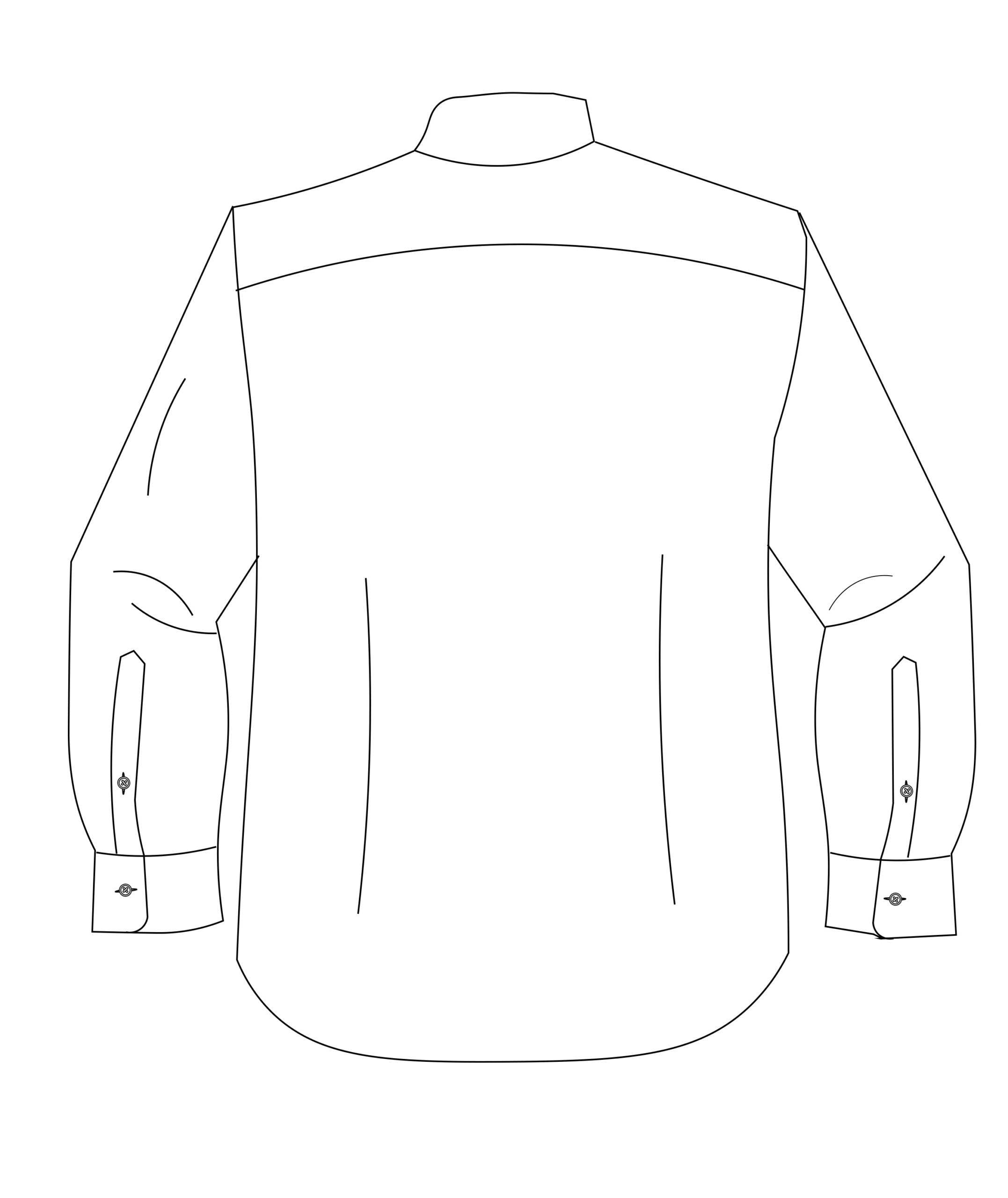
・Precise Cutting
・Urban and Sophisticated Fashion
・High Durability of Machine-Made
・High-Quality Fabric
・Subtle Design Uncharacteristic of Traditional Italian Style
・Combination of Hand Sewing and Machine Sewing
・Elegant Collar Design
・Moderate Thickness of Buttons
・Fine Stitch Pitch
・Silhouette That Is Not Too Shaped
・French Front (Hidden Placket)
・Simple Design Without Decoration
・Fit That Is Not Too Tight
北部イタリアは歴史的にフランス王国や神聖ローマ帝国、ハプスブルク家の影響を大きく受けてきました。これらの勢力の侵入により、北部イタリアの文化や技術は大きく変化し、洗練されたファッションスタイルが形成されました。特にフランス王国の貴族文化の影響は、繊細でエレガントなデザインを特徴とする北部イタリアのファッションに大きな影響を与えました。 ローマ帝国はウールを重要な繊維として利用し、軍服や日常の衣服に広く使用しました。ローマ帝国の広がりとともにウールの製造技術もヨーロッパ全土に広がりました。中世には、特に北イタリアの都市であるフィレンツェやヴェネツィアがウール産業の中心地として発展し、高品質なウール製品を生産しました。 シルク産業もまた北部イタリアの重要な要素となりました。シルクは古代からイタリアで重要な繊維として扱われてきましたが、中世からルネサンス期にかけてその重要性がさらに増しました。特にヴェネツィアとフィレンツェは、シルク製品の生産と取引の中心地として知られ、多くのシルク職人が活動しました。ヴェネツィアは東方との貿易ルートを通じてシルクの原材料を輸入し、その精緻な製品をヨーロッパ全土に供給しました。フィレンツェでは、メディチ家をはじめとする富裕なパトロンたちがシルク織物の需要を高め、高品質なシルク製品の生産が進みました。 ルネサンス時代には、ミラノが芸術と文化の中心地として栄え、多くのアーティストや職人が集まりました。ミラノをはじめとする北部イタリアの都市は、技術革新と創造性の拠点となり、服飾の製造においてもその影響が見られます。ジェノバやヴェネツィアも貿易と商業の拠点として重要な役割を果たし、北部イタリア全体に豊かな文化的影響を及ぼしました。 コットンは13世紀ごろからヨーロッパに伝わり始め、16世紀には本格的にイタリアでも取り扱われるようになりました。特にミラノとジェノバがコットン製品の重要な拠点となり、コットンの加工と取引が盛んに行われました。 19世紀後半から20世紀初頭にかけて、イタリアの工業化が進みました。特にミラノやトリノは産業の中心地として発展しました。ミラノは工業化によって精密な機械加工技術が発展し、服飾の製造にもその技術が応用されました。トリノが一時期イタリアの首都となったこともあり、北部イタリアは政治と経済の重要な拠点となりました。シルク産業も引き続き重要であり、特にミラノとコモ湖周辺がシルク生産の中心地として知られるようになりました。 産業革命はイタリアの工業化に大きな影響を与え、特に北部イタリアでは繊維工業が急速に発展しました。19世紀にミシンの発明と普及により、北部イタリアのシャツ製造はさらに進化しました。ミシンによる正確で効率的な縫製が可能になり、シャツの生産性と品質が向上しました。北部イタリアの服やシャツは均一で美しいステッチと耐久性の高さが特徴でした。ミシンによる精緻な縫製技術とフランス王国の洗練された文化が融合し、北部イタリアのシャツは独自のスタイルを確立しました。ミラノやトリノ、ジェノバ、ヴェネツィアなどの都市がもたらす多様な文化と技術が、北部イタリアのファッションを支えています。
・精密なカッティング
・都会的で洗練されたファッション性
・マシンメイドの高い耐久性
・高品質なファブリック
・イタリアらしくない控えめなデザイン
・手縫いとミシンの二重工程
・エレガントな襟型
・適度な厚みのボタン
・ピッチの細かいステッチ
・シェイプが効きすぎないシルエット
・フレンチフロント(裏前立て)
・装飾のないシンプルなデザイン
・タイトすぎないフィット感
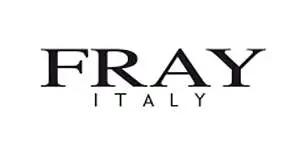
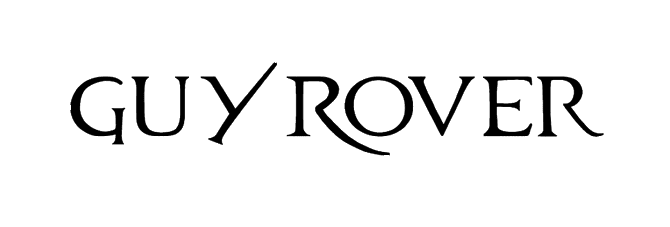

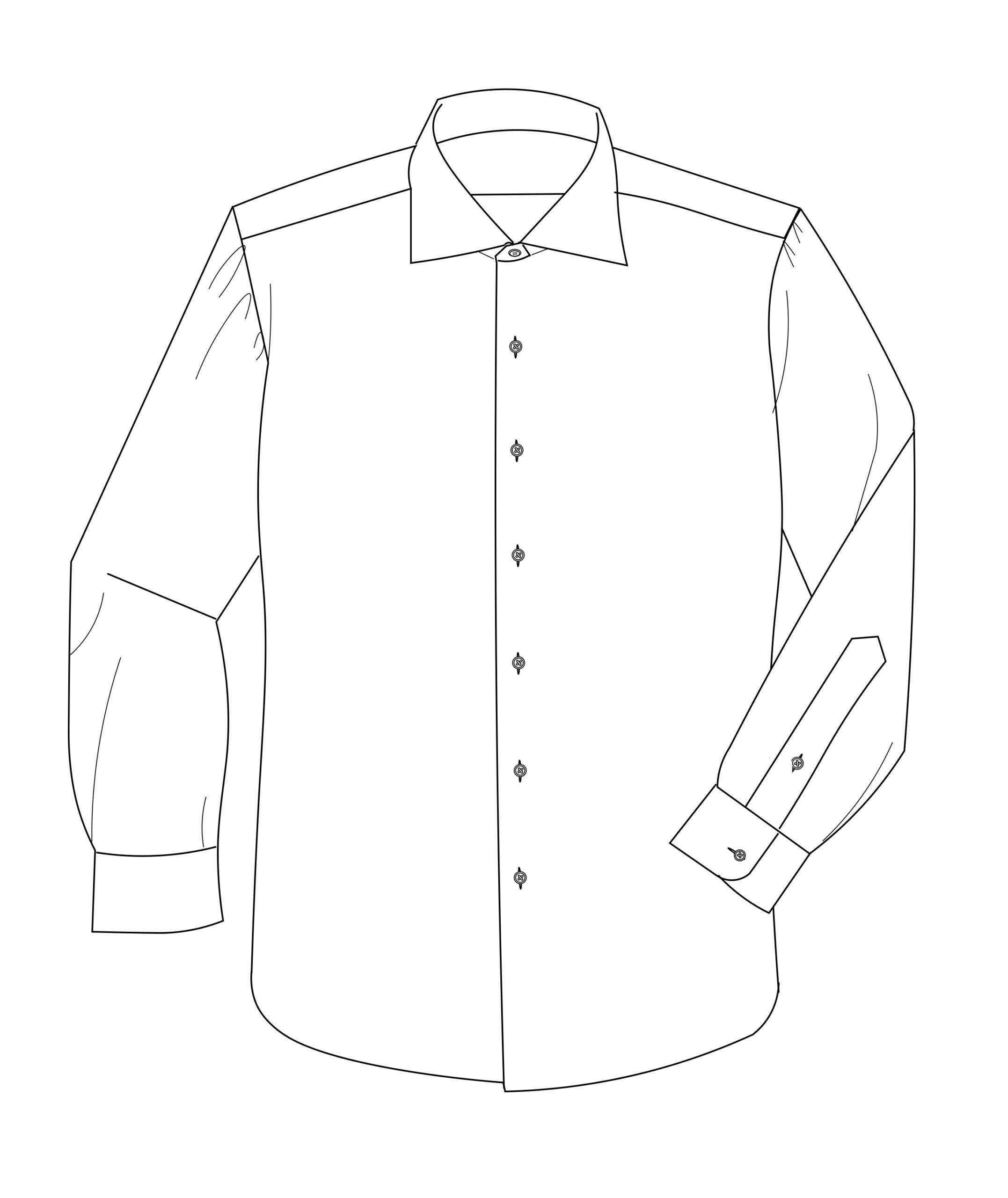

・High and small armholes
・Tight fit around the waist and chest
・Narrow shoulders
・Firm collar interlining
・Adjustable collar height
・Semi-fused collar
・Gathered details
・Extra fabric allowance for movement
・brand statement at the Gazette
・Hand-sewn buttonholes
・Soft collars
・High-quality materials (cotton, silk, linen)
・Custom cuff shapes
・Bespoke elements
・Low labor costs
・アームホールの高さと小ささ
・ウエストや胸回りのタイトフィット
・狭めの肩幅
・しっかりとした襟の芯地
・適度な襟の高さ調整
・半フラシの襟
・ギャザーが入っている
・ガゼットで派手なブランド主張
・動きを考慮した余りジワ
・手縫いのボタンホール
・柔らかい襟
・高品質な素材(コットン、シルク、リネン)
・カフの形状の工夫
・ビスポークの要素
・安い人件費
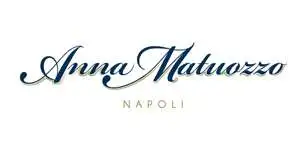
Anna Matuozzo was born in Naples in 1952 and began learning shirt-making at the age of nine. After building her career as a shirt maker at the famous Neapolitan shop “London House,” she went independent and founded her own camisceria, Anna Matuozzo. Her shirts are known for their unique craftsmanship, with all parts that touch the skin being hand-finished, reflecting the origin of shirts as undergarments. Even ready-made shirts feature 13 handmade points, making them a pinnacle of Neapolitan dress shirts. Anna Matuozzo’s shirts are crafted entirely by hand by a team of eight female artisans in Naples, who handle everything from fabric cutting and sewing to pressing. The carefully selected materials, perfect patterns, and delicate handwork create shirts that maintain an elegant line even under a jacket, allowing the wearer to enjoy their softness and quality even when the jacket is removed.
Another distinctive feature of her shirts is the intricate details such as gathered sleeves and “manica camicia” (shirt sleeves), which add a unique flair. These details, crafted by hand, bring out the characteristic charm of Italian shirts. While many shirts have machine-stitched buttonholes, Anna Matuozzo’s shirts are meticulously finished by hand, using thick, prominent buttons. The gathered yoke and the precise stitching of the collar also reflect the high level of craftsmanship. Customers can choose from about 200 types of fabric, including top-quality shirting materials like Carlo Riva and Thomas Mason, as well as vintage fabrics that have been carefully preserved in her workshop over the years. Anna Matuozzo’s shirts are considered some of the finest in the world, embodying high-quality craftsmanship and the beauty of Neapolitan style, making them a coveted brand for shirt enthusiasts.

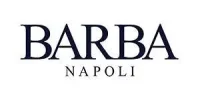
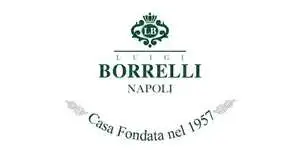
ルイジ ボレッリ(LUIGI BORRELLI)は、イタリアのナポリにて1957年にシャツメーカーとして創業されました。しかし、その歴史はさらに遡り、1904年にアンナ・ボレッリが自宅で近所の人々のためにシャツを仕立て始めたことに始まります。彼女のシャツは評判を呼び、1918年にはアトリエを構え、本格的にシャツ作りに専念しました。アンナの息子であるルイジ・ボレッリは、その技術と情熱を受け継ぎ、1957年に「ルイジ ボレッリ」としてシャツメーカーを設立しました。ルイジは人体を徹底的に研究し、ミシンと手作業を組み合わせたシャツ作りを追求しました。シャツ作りのポイントとなる袖付け、衿付け、ヨーク、前立て、かんぬき、ボタン、ボタンホール、ガゼットの8工程を手縫いで仕上げ、ソフトな着心地と耐久性を実現しました。1980年代にはルイジの息子ファビオ・ボレッリが経営に参加し、シャツだけでなくネクタイ、スーツ、ジャケット、パンツ、ジーンズ、ニット、アンダーウェア、雑貨などを展開するトータルファッションブランドとして成長しました。ファビオは、父や祖母から受け継いだ技術を基に、さらに研究と改良を重ね、ボレッリのハンドメイドの魅力を一層輝かせています。良質な素材選び、ナポリの伝統を継承する卓越した仕立て技術、独特な色彩感覚が絶妙に調和し、最高の着心地を約束します。過去の伝統と現在の洗練の融合によって、「ルイジ ボレッリ」の革新性はとどまることを知りません。ルイジ ボレッリのシャツは、立体裁断によって身体にフィットし、最高の着心地を実現しています。使用される生地も、イタリア三大シャツ生地ブランドであるALBINI社のエクスクルーシブファブリックを使用し、美しさと快適さを兼ね備えています。シャツの重要なディテールは全て手縫いで仕上げられ、ナポリ特有の柔らかな仕立てが特徴です。袖の取り付けには「雨ふらし(マニカカミーチャ)」という技法が用いられ、腕の運動性を確保しながらもスマートなシルエットを実現しています。ボレッリのシャツは、剣ボロの開閉部分に手縫いのカンヌキ止めを施し、ソフトでありながら耐久性の高い仕上がりです。ルイジ ボレッリのシャツは、立体的な仕立てによる優れた着心地と、職人の手仕事の美しさが融合しています。その結果、ボレッリのシャツを一度着ると、その魅力に魅了される人が多いです。ボレッリが世界的なブランドへと成長した背景には、その高い品質とエレガンスがあります。ボレッリのシャツは、着る人に自信と魅力を与え、ナポリシャツの代名詞として世界中で愛されています。

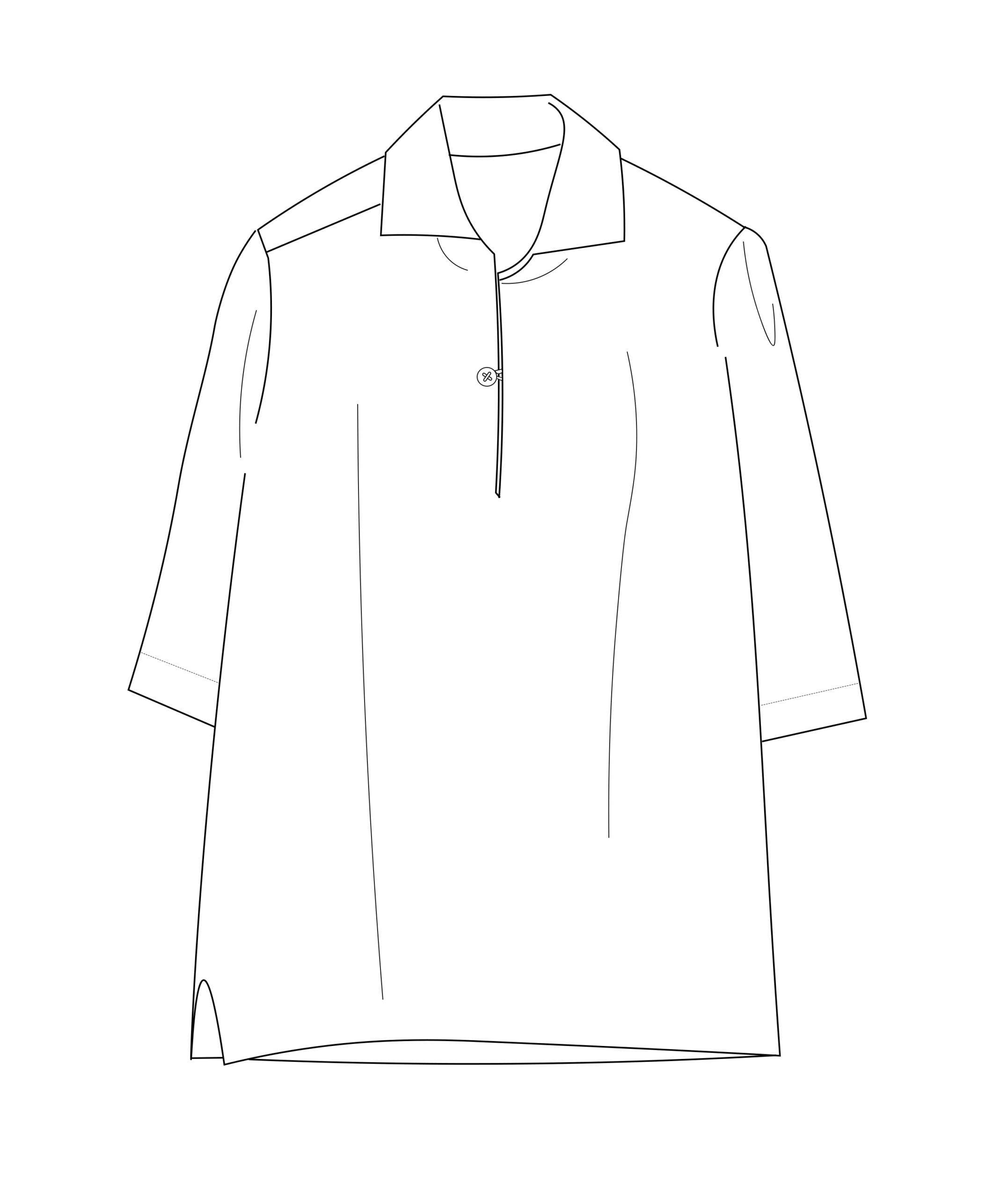

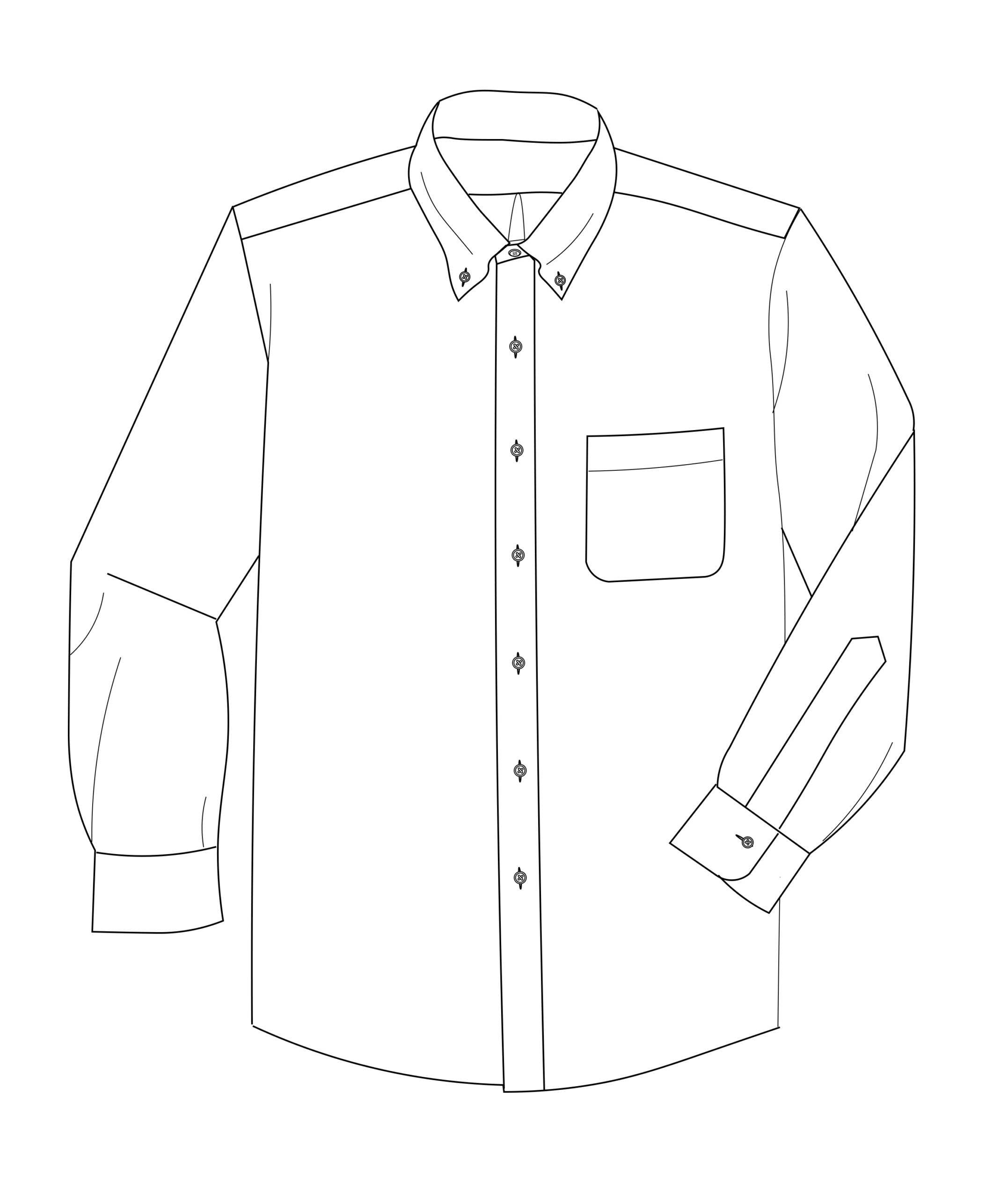
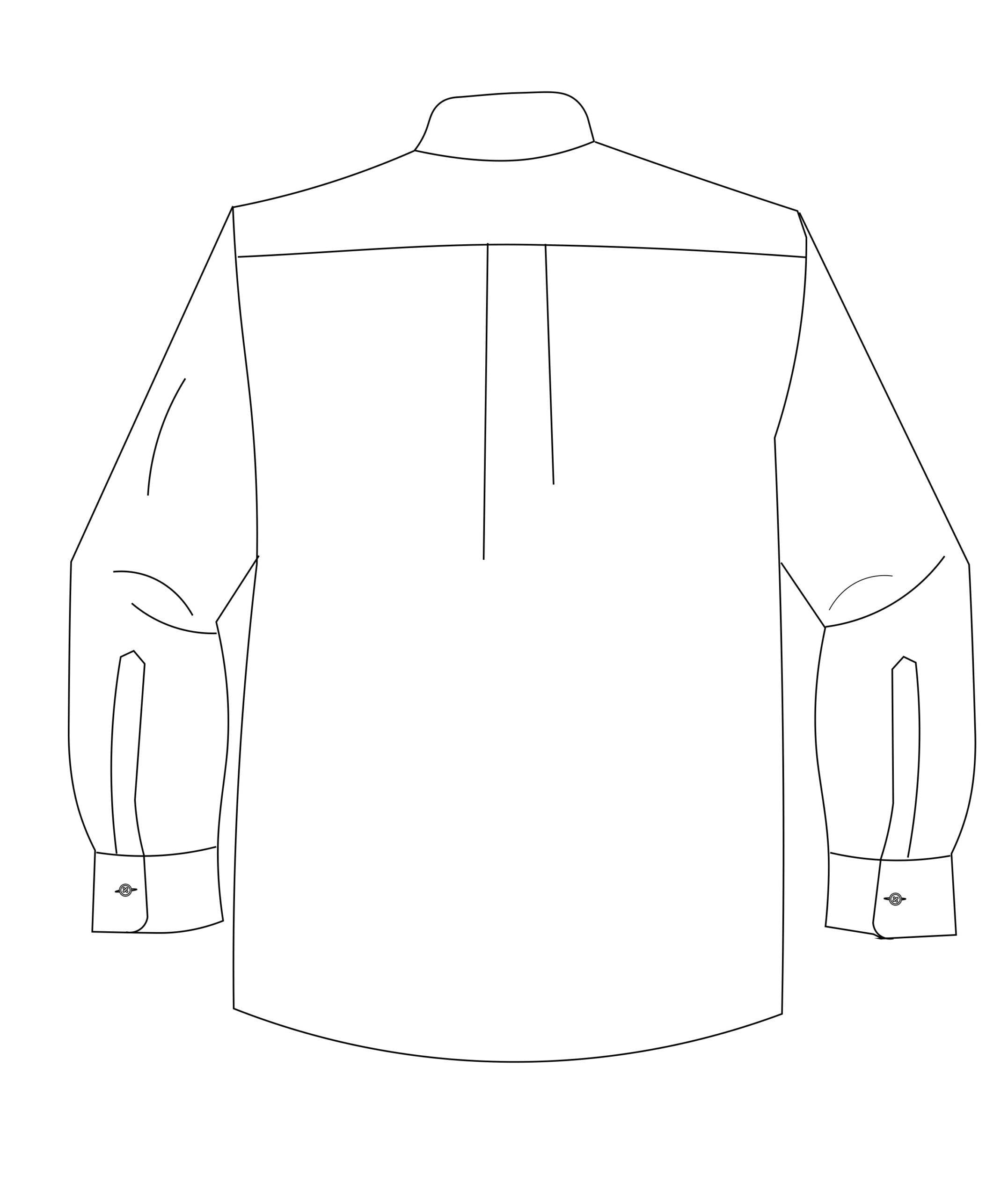
・ Button-down collar
・ Oxford fabric
・ Box pleats
・ Horizontal One Piece Yoke
・ Relaxed fit
・ Large armholes
・ Durable materials
・ Non-iron
・ Polyester blends and other
・ synthetic fibers
・ Versatile for both casual and formal wear
・ Sturdy stitching
・ボタンダウンカラー
・オックスフォード生地
・ボックスプリーツ
・水平のヨーク
・ゆったりとしたパターン
・大きなアームホール
・耐久性のある素材
・ノンアイロン
・ポリエステル混など化繊
・カジュアルとフォーマルの両立
・頑丈な縫製

ブルックスブラザーズ(Brooks Brothers)は、アメリカ最古のメンズウェアブランドであり、その歴史は1818年にニューヨークでヘンリー・サンズ・ブルックスによって設立されたことに始まります。当初、ブルックスブラザーズは高品質のスーツを中心に展開し、アメリカのビジネスマンや政治家、さらには歴代大統領にも愛用されました。ブランドのアイコンとなるボタンダウンシャツの登場は1896年に遡ります。ブルックスブラザーズのボタンダウンシャツは、ブランドの歴史とアメリカのメンズファッションにおいて特に重要な位置を占めています。 ボタンダウンシャツの起源は、ブルックスブラザーズの創業者の孫であるジョン・E・ブルックスが、イギリスのポロ競技を観戦した際に選手が着ていたシャツに感銘を受けたことにあります。このシャツの襟が風にひらひらしないようにボタンで固定されているのを見たジョンは、これをニューヨークに持ち帰り、改良を加えたうえで「オックスフォード・クロス・ボタンダウンシャツ」として販売を開始しました。このシャツは瞬く間に人気を博し、ブルックスブラザーズの代表的な製品となりました。特にその襟のボタンは、実用性とスタイルを兼ね備えたデザインとして高く評価され、アメリカのビジネスマンの間で広く普及しました。20世紀に入ると、ブルックスブラザーズはアメリカのクラシックなスタイルの象徴としてその地位を確立しました。1920年代には「マディソン・アベニュー・スーツ」を発表し、トラディショナルなアメリカンスタイルを代表するブランドとしての地位を確固たるものにしました。また、1950年代には「アイビー・リーグ・スタイル」のブームに乗り、多くの学生や若者に支持されました。特にボタンダウンシャツは、アイビーリーガーたちの定番アイテムとなり、その人気は現在も続いています。アイビーファッションは日本でも大きな流行を生みました。しかし、21世紀に入りブルックスブラザーズは経営的な困難に直面しました。特に新型コロナウイルスのパンデミックにより2020年7月に破産法第11章の適用を申請しました。その後、米国の投資会社であるサイモン・プロパティ・グループとオーセンティック・ブランズ・グループによって買収され再建が図られています
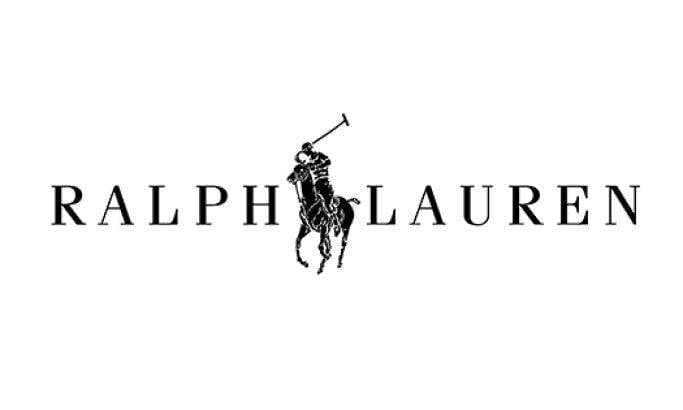
ポロラルフローレン(Polo Ralph Lauren)は、アメリカのデザイナー、ラルフ・ローレンによって創立されたブランドです。そのスタイルは常にクラシックでエレガントでありながら、現代的なエッセンスを取り入れ続け、「最高の品質を提供し、スタイルとクラシックな美を追求する」という理念に基づいてデザインされています。ラルフ・ローレンのキャリアは1967年に「ポロ」の名前でネクタイのコレクションを発表することから始まりました。もともとネクタイの販売員であった彼は、独自のデザインを手掛けることでファッション業界に足を踏み入れました。最初のネクタイコレクションは、他のブランドとは異なる広い幅と豊かな色使いで注目を集め、この成功を受けて事業を次第に拡大していきました。1969年にはニューヨークのブルーミングデールズで独自の売り場を獲得し、1970年には最初のメンズウェアコレクションを発表しました。彼のデザインはクラシックなイギリスのスタイルとアメリカンカジュアルを融合させたもので、エレガントでありながらリラックスした雰囲気が特徴でした。1972年にはポロプレイヤーのロゴを胸に刺繍したポロシャツのコレクションを発表し一躍人気を博しました。このポロシャツはポロラルフローレンの象徴的なアイテムとなりブランドの認知度を大きく高めました。1974年には映画「華麗なるギャツビー」の衣装デザインを手掛け、この仕事によりクラシックで洗練されたスタイルがさらに広く認知されるようになりました。映画「アニマルハウス(1977)」の衣装も担当しカジュアルなアメリカンスタイルをさらに浸透させました。80年代にはニューヨークのマディソン・アベニューに最初のフラッグシップストアをオープン。その後パリにも国際的なフラッグシップストアをオープンしポロラルフローレンの世界的な展開が本格化しました。ロンドンや東京など世界各地にも順に店舗を展開しグローバルなブランドとしての地位を確立しました。1997年ラルフ・ローレンは会社を株式公開しニューヨーク証券取引所に上場しました。これによりブランドの経営基盤はさらに強固なものとなり世界中での事業拡大が加速しました。

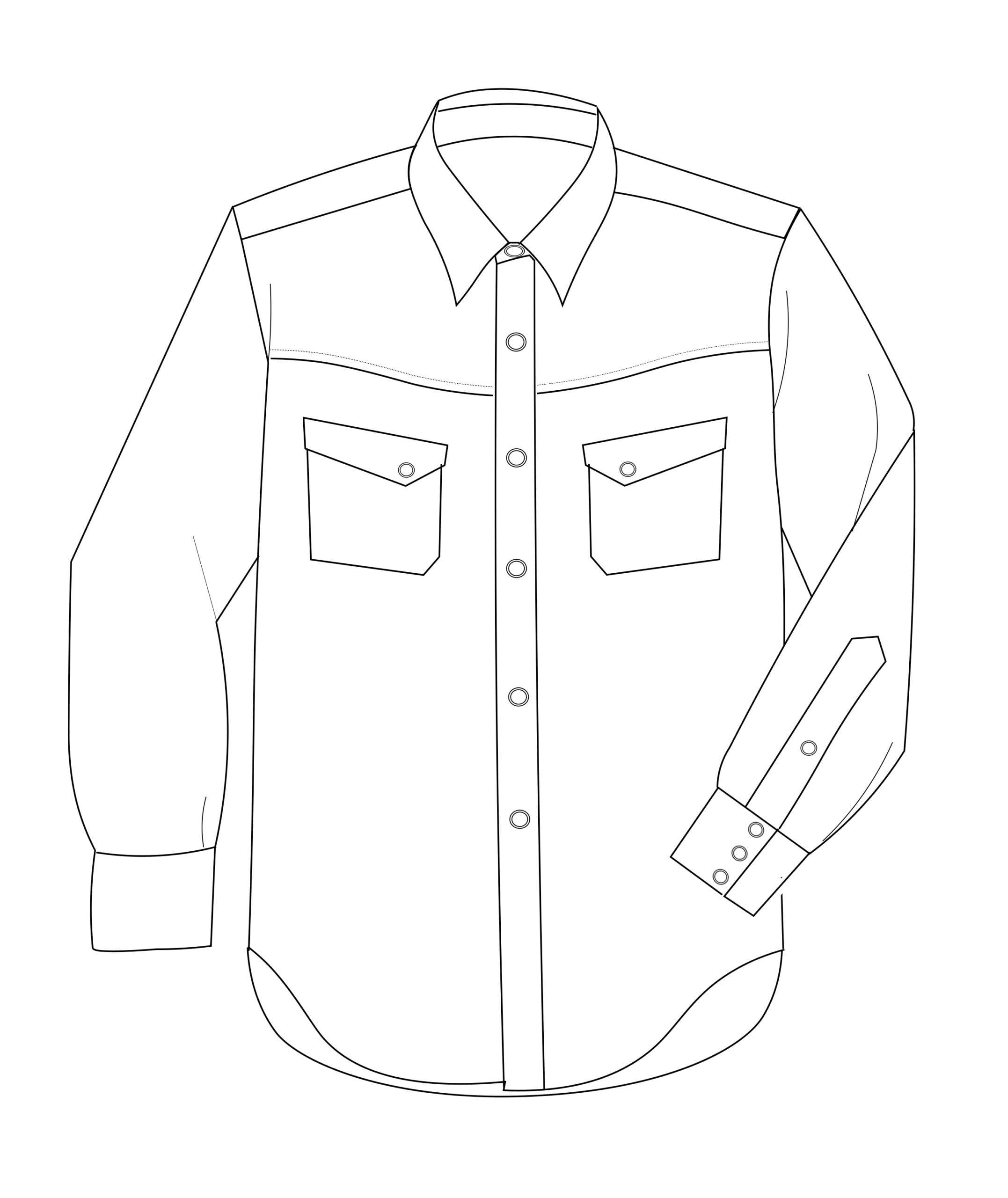


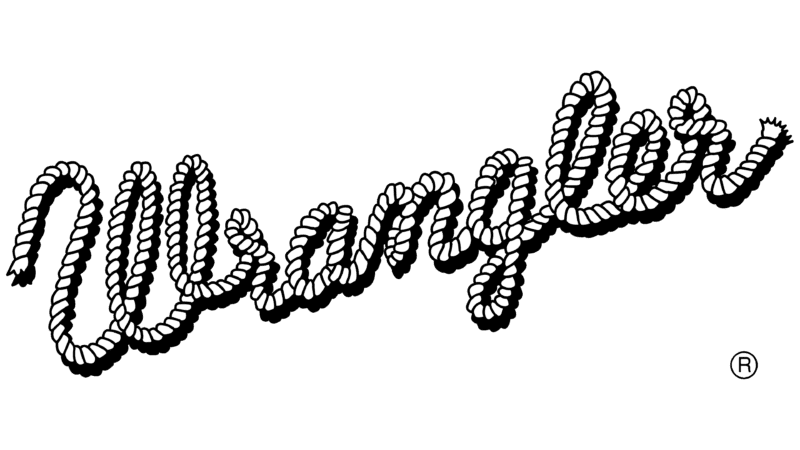

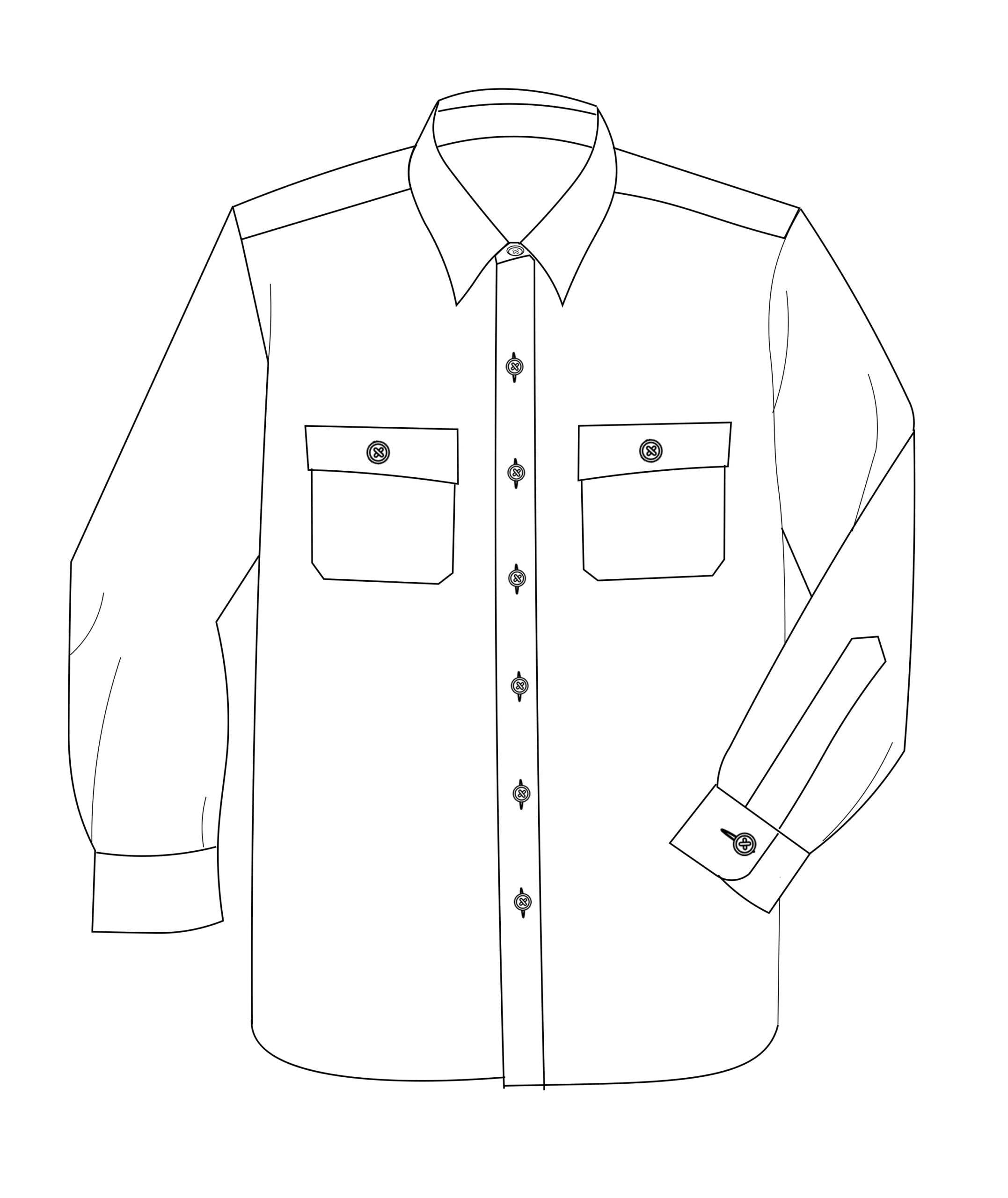
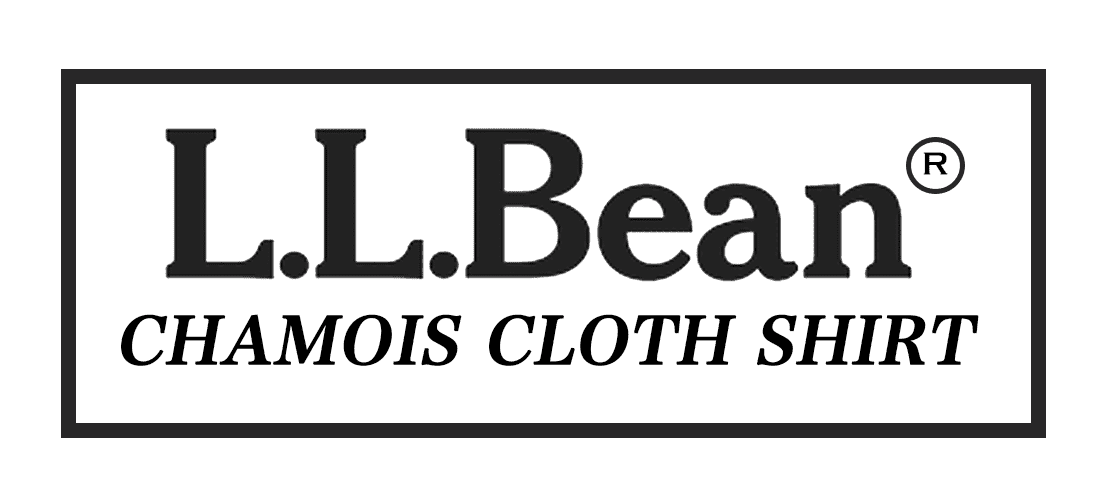
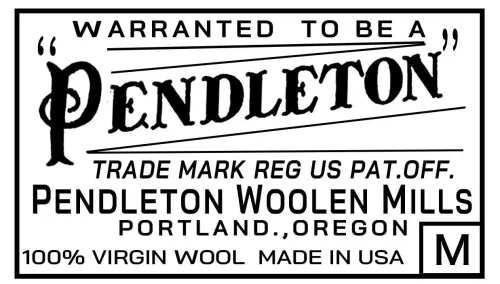
The history of Pendleton is rooted in a long tradition as an American wool products manufacturer. The company was founded in 1863 by Thomas Kay in Oregon. Kay, who had emigrated from England, brought wool weaving technology to America. His grandsons took over the business and established a woolen mill in Pendleton in 1909, marking the beginning of Pendleton Woolen Mills.Pendleton is renowned for designs inspired by Native American culture. From its early days, the company collaborated with Native American tribes to create blankets featuring their traditional patterns and colors. These blankets were highly valued for tribal ceremonies and as gifts, enhancing Pendleton’s reputation.
In 1924, Pendleton produced its first men’s wool shirt. This shirt, made from high-quality wool, became especially popular among outdoor enthusiasts. Known as the “board shirt,” it was widely adopted by cowboys, loggers, surfers, and a diverse range of people. During World War II, Pendleton contributed by supplying military blankets and uniform fabrics. After the war, the company expanded its product line to include women’s apparel. In the 1950s, Pendleton introduced the iconic “Pendleton Twin Set,” which became a major success. Pendleton also launched the “Beaver State Motor Robe” outdoor blanket in the 1960s, which became popular for camping and picnicking, further embedding itself in American outdoor culture. Today, Pendleton remains a family-owned business committed to quality and tradition. The company offers a wide range of products, including blankets, shirts, apparel, and accessories, solidifying its status as an American heritage brand. Pendleton’s products, with their unique designs and high quality, continue to be beloved by fans around the world.

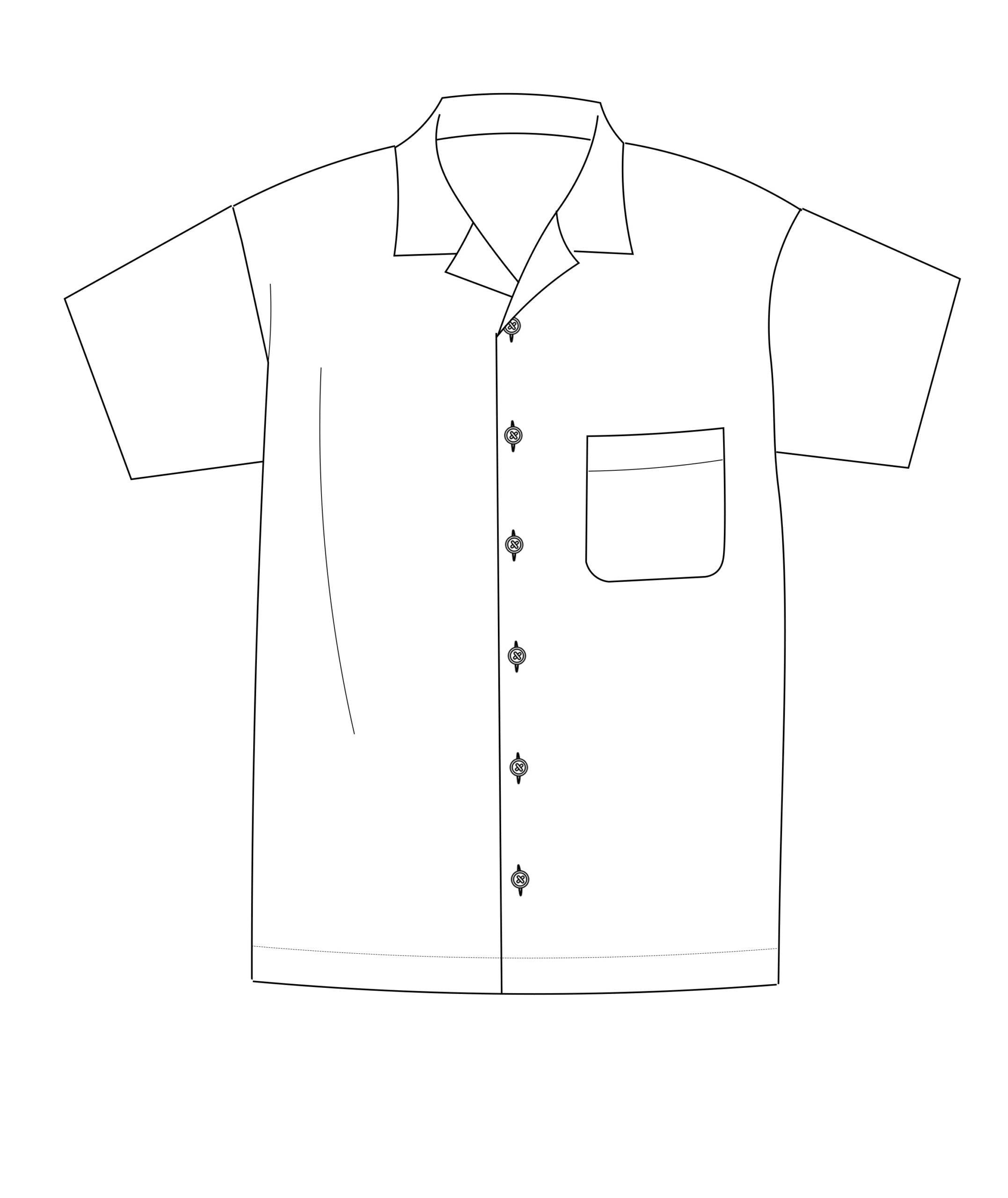
The Aloha shirt is an open-collared shirt made from fabrics such as silk, rayon, polyester, and cotton, dyed in bright and colorful hues with tropical motifs like pineapples and hula dancers, or oriental motifs like goldfish and tigers. “Aloha” is a Hawaiian word that means “affection,” “love,” “compassion,” “kindness,” and “greeting.” Because the term “Aloha shirt” was trademarked, it is sometimes referred to as a “Hawaiian shirt.” From the mid-1930s, as Hawaii rapidly developed as a resort destination, Aloha shirts began to be produced as resort wear or souvenirs. The origin of Aloha shirts is said to be derived from Japanese kimonos. In the late 19th and early 20th centuries, Japanese immigrants working in the sugar plantations adopted the palaka, an open-collared shirt worn by European sailors, because it resembled Japanese cotton kasuri. They repurposed their kimonos into palaka-style shirts, which is said to be the beginning of Aloha shirts. Another theory suggests that local people were attracted to the beauty of Japanese kimonos and asked for them to be made into shirts. On June 28, 1935, the term “Aloha shirt” first appeared in an advertisement by the Honolulu clothing store Musashiya Shoten in the Honolulu Advertiser. Musashiya Shoten was founded in 1904 by Chotaro Miyamoto, who made shirts using Japanese fabric. After his death in 1915, his son Koichiro returned to Hawaii and renamed the store “Musashiya Shoten” (Japanese: 武蔵屋呉服店). In 1936, Chinese merchant Ellery J. Chun applied for trademarks for “Aloha Sportswear” and “Aloha Shirt” the following year, and was granted exclusive rights for 20 years.
Initially, Aloha shirts were made from silk, but rayon became the primary material by the 1950s, and polyester emerged in the 1960s. The recent vintage boom has brought back materials like silk and rayon. Since Hawaii lacked the intricate and colorful dyeing facilities for these fabrics, most of the materials were imported from the mainland United States or Japan. Especially in Japan, dyeing factories with advanced techniques, centered around Kyoto, supplied high-quality fabrics cheaply and in small lots. The buttons on Aloha shirts are often made from coconut or palm wood, with vintage pieces sometimes featuring expensive materials. Some classify shirts with plastic buttons as “print shirts” or “Aloha-style shirts,” though most shops in Japan do not adhere to this distinction. Bamboo, shell, and metal buttons are also used to create a vintage feel. In the 1950s, the production of Aloha shirts became Hawaii’s third-largest industry after sugar and pineapples, marking the golden age of Aloha shirts.
アロハシャツ(Aloha shirt)は、パイナップルやフラダンサーなどのトロピカルなモチーフや、金魚、虎などのオリエンタルなモチーフをカラフルに染めたシルク、レーヨン、ポリエステル、綿などで作られる開襟シャツです。「Aloha」(アロハ)はハワイ語で「好意」「愛情」「慈悲」「優しい気持ち」「挨拶」などの意味があります。「アロハシャツ」の呼称が商標登録されていたため、ハワイアンシャツと呼ぶこともあります。1930年代中頃からリゾート地として発展したハワイで、リゾートウェアやハワイみやげとして作られるようになりました。アロハシャツの起源は日本の和服に由来します。19世紀末から20世紀初頭にかけて、シュガープラント農業に従事していた日本移民は、ヨーロッパの船員が着ていた開襟シャツ(パラカ)を愛用し、持参した着物をパラカ風に仕立て直したのがアロハシャツの始まりと言われています。また、現地の人が日本の着物の美しさに惹かれ、「着物をシャツにしてくれ」と頼んだという説もあります。1935年、ホノルルの服飾店「ムサシヤ・ショーテン」がホノルル・アドバタイザーに掲出した広告で「アロハシャツ」という言葉が初めて登場しました。ムサシヤ・ショーテンは1904年に宮本長太郎によって創業され、日本の反物を使ってシャツを作る会社でした。1936年には中国系商人のエラリー・J・チャンが「アロハスポーツウェア」、翌年に「アロハシャツ」の商標登録を申請し、20年間の独占利用が認められました。
アロハシャツの生地は、当初はシルクが使用されましたが、1950年代まではレーヨンが主流となり、1960年代にはポリエステルが登場しました。近年のヴィンテージブームで、シルクやレーヨンなどの素材も復活しています。ハワイには精緻でカラフルな生地を染める工場がなかったため、生地はアメリカ本土や日本から輸入されました。特に日本には京都を中心に高度な技術を持つ染工所が多く、安価で高品質な生地を供給していました。アロハシャツのボタンにはヤシの木やココナッツ製のものが多く、ヴィンテージのものには高価な品もあります。プラスチック製のボタンを使用する場合、「プリントシャツ」「アロハ風シャツ」と呼び分けることもありますが、現在の日本ではこの分類にこだわる店は少ないです。バンブー製、貝殻製、金属製のボタンも使用され、ヴィンテージ感を演出するために採用されることがあります。1950年代にはアロハシャツ生産がハワイにおける3番目の産業となり、アロハシャツの黄金時代を迎えました。
